Freelance Designers Who Love to Travel: How to Stay on Track
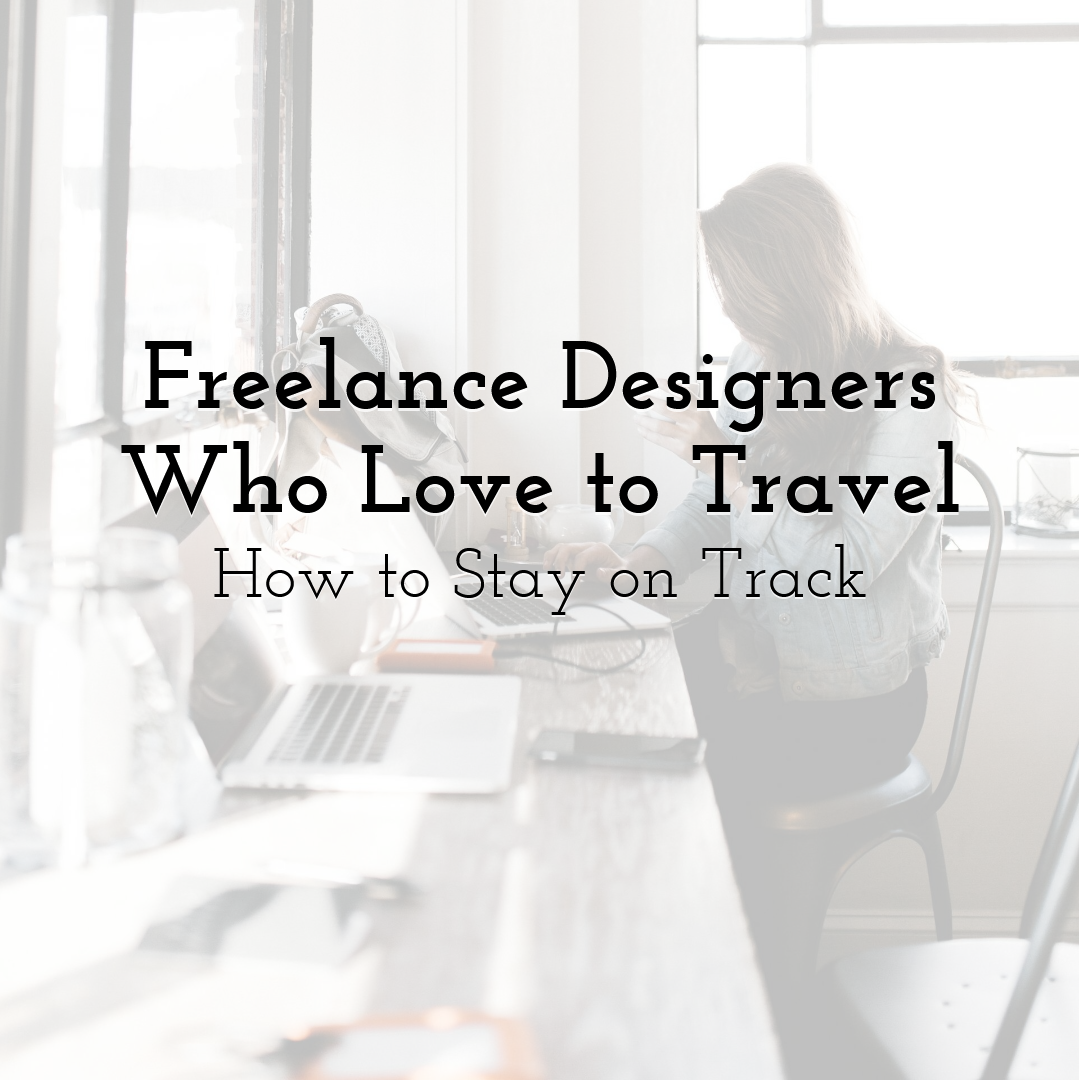
Subscription-based services, powerful laptops, and great global internet coverage mean nothing is stopping you from packing your bags and doing stellar design work from a chalet or beachside resort! Here’s how to thrive on the go and get stuff done while still having a grand time.
Internalize a Routine
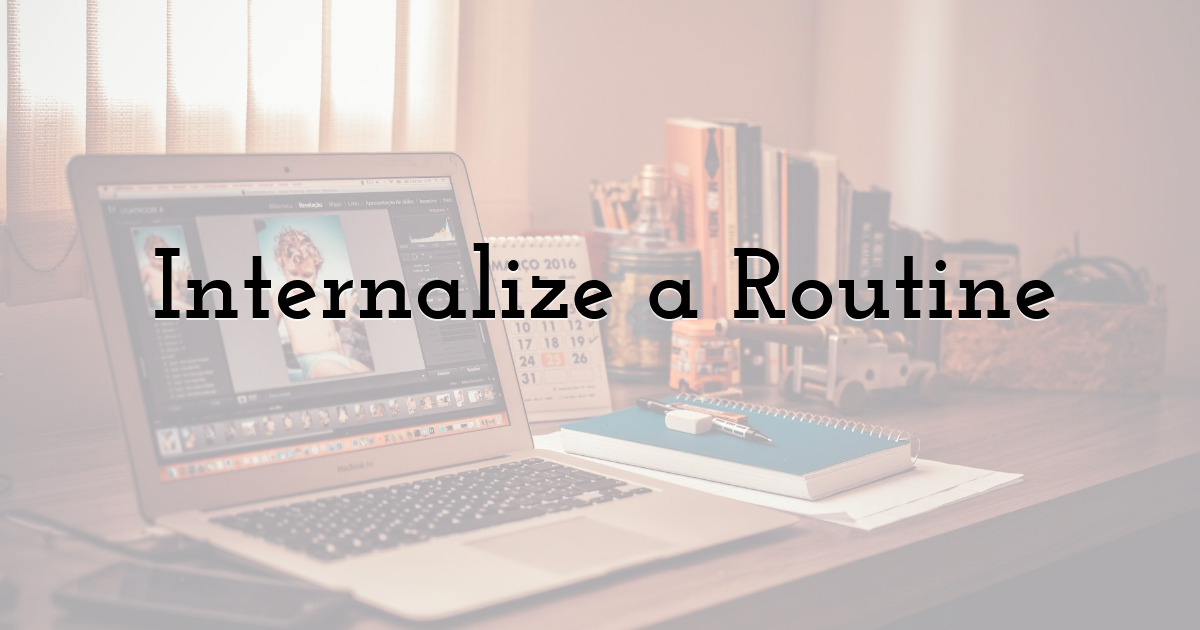
If you’ve never worked remotely before, especially while traveling, you might be tempted to put your brain in vacation mode at first. Finishing mockups or setting meetings up with clients when you feel like it might work for a week or two, but it’s not a viable long-term strategy.
The trick is to treat every possible day like you would a workday at an office. That means maintaining regular work hours, prioritizing tasks, and planning your day so that all or most goals you set for the day are done by quitting time.
Balance Work and Leisure

The other extreme is also possible. Some designers get so caught up in their layouts and kerning obsessions that they’ll keep at it long after a coworker or manager would have told them to call it a day.
Structuring your day also means leaving room for recharging and immersing yourself in the changing surroundings. Go exploring. Take full advantage of the amenities if you’re staying at a hotel. Take some time to unwind and connect with the locals and other travelers.
Maintain Connectivity
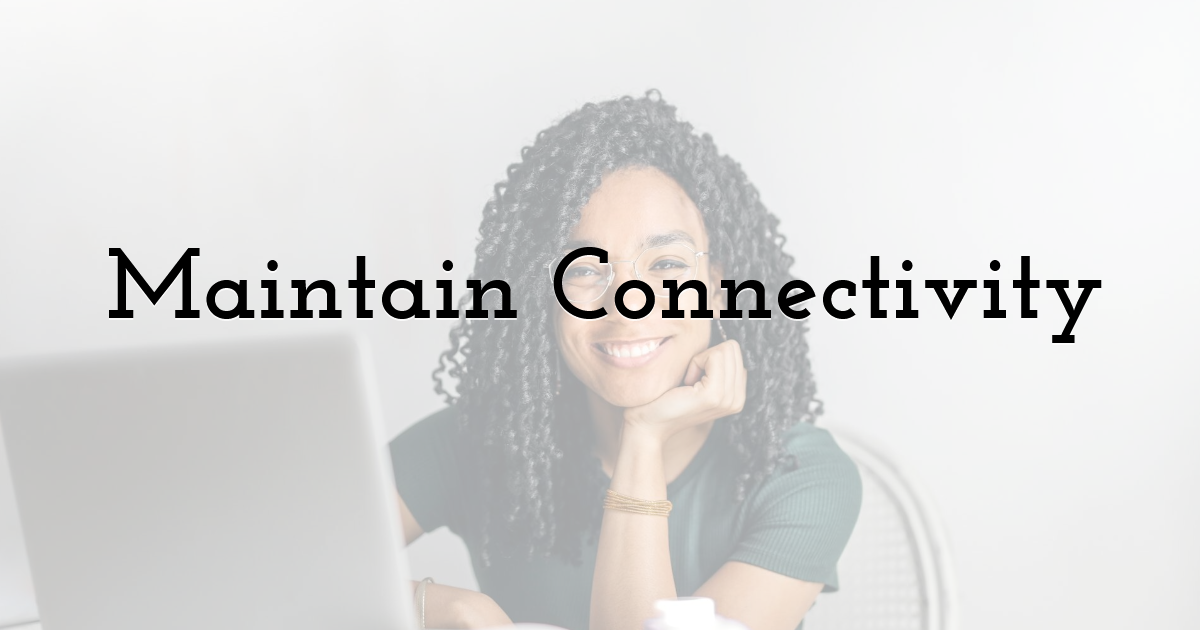
Internet availability worldwide is adequate, especially in digital nomad hubs. Still, you shouldn’t hinge your availability and ability to interact with the dozens of internet tools you use on the Wi-Fi whims of a café or coworking space. eSIM services for international travel are a convenient and more reliable alternative.
The eSIM chip in your smartphone lets you tap into local mobile networks and use reasonably-priced data plans wherever there's coverage. That means you can take a day trip into a remote area and can still keep working as normal. Better yet, you can stay connected this way as you move countries just by switching to an appropriate plan.
Take Inspiration from the Local Culture

As a designer, you’re in an exceptional position to turn every trip into an experience that enriches you both as a person and a professional. Hundreds, maybe thousands of years of visual identity are proudly on display everywhere you go in the world, so why not let some of it shape your future designs?
Take note of intriguing textures, traditional patterns, and color schemes you haven’t encountered before. Snap lots of pictures and create mood boards brimming with local color. That way, you'll end up with both a personal creative keepsake and a font of inspiration you can call upon anytime.
Protect Your Work from Digital Dangers
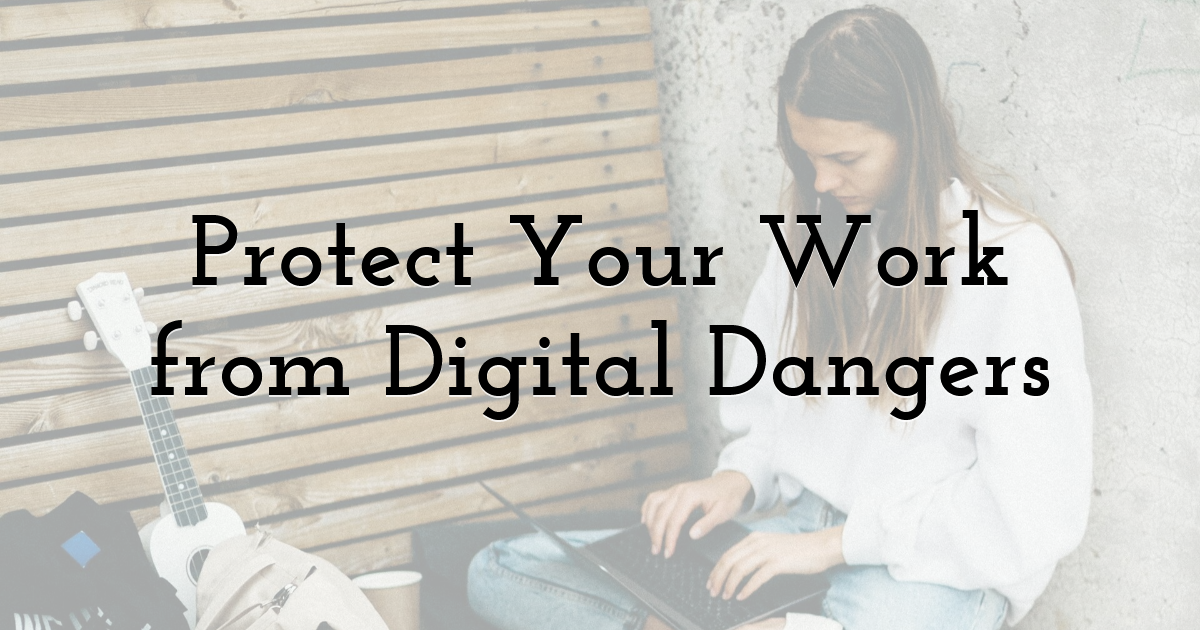
Designers who work in a physical office may not be aware of all the safeguards that are there to protect their work. Most of these protections apply to the company’s internal network and end at the door. That means traveling designers are exposed to more threats. Simultaneously, they need to take greater responsibility in tackling them.
You'll rely on Wi-Fi a lot, which isn't the safest choice. It's easy to create a convincing copy of a coworking space's Wi-Fi and snoop on the activities of anyone who connects to such a network. The best VPNs keep your files, assets, and client exchanges safe and confidential. They encrypt the entire connection, making it impossible for snoops to determine what you're doing or sharing, even if the network itself is compromised.
Keep Clients in the Know

Maintaining clear lines of communication with clients is essential for de-stressing your remote work. Always make sure you're on the same page by listing your current working hours and availability. Make sure that at least part of each workday overlaps so you can discuss revisions or address time-sensitive issues without holdups.
Always be transparent if you’re not sure about a project’s scope or specifics. You’ll also want to regularly update clients when you hit major milestones and let them know about any unexpected developments in a timely manner.
Until next time, Be creative! - Pix'sTory
Recommended posts
-

Navigate the Pros and Cons of AI-generated images for Your Businesses
Read More › -
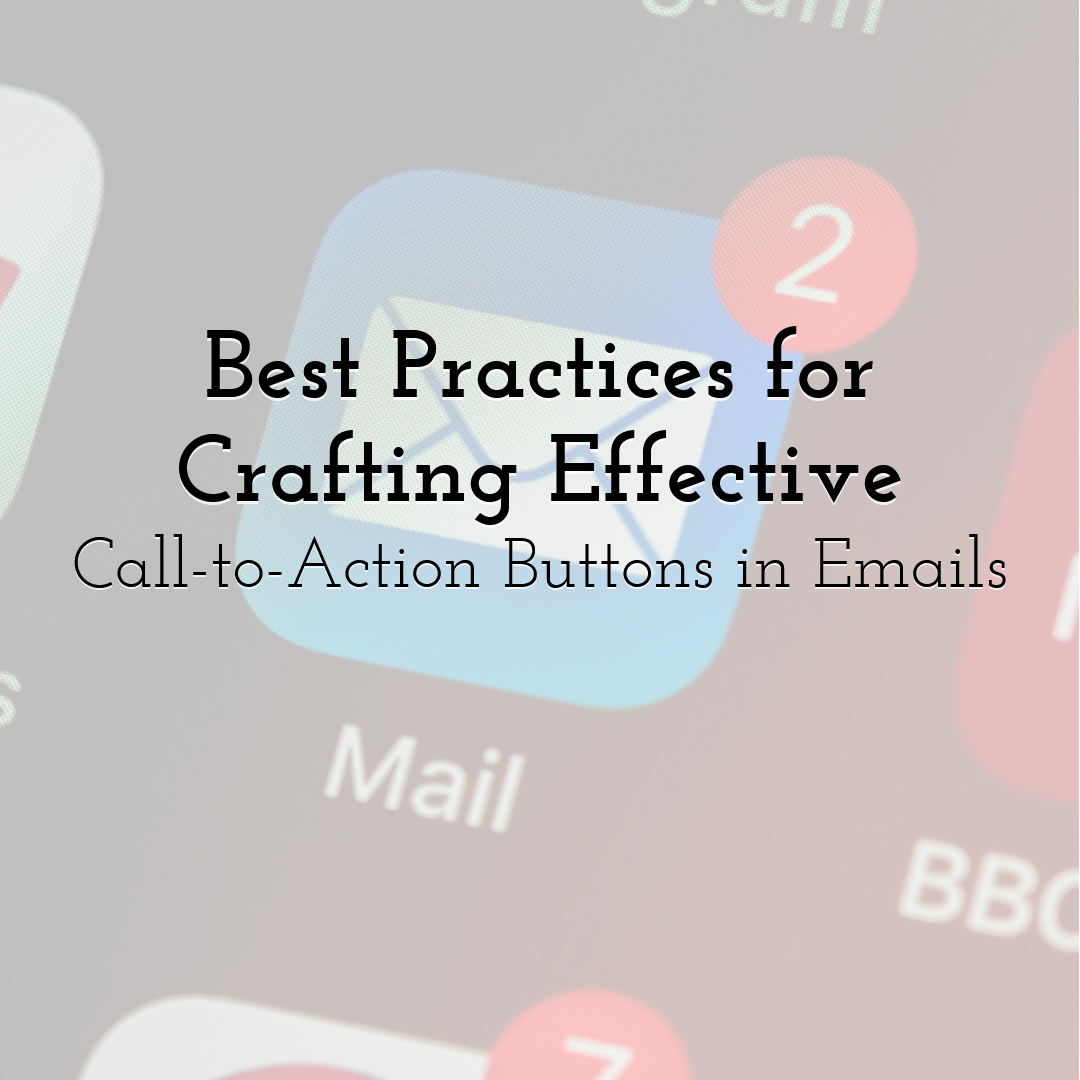
Best Practices for Crafting Effective Call-to-Action Buttons in Emails
Read More › -

Top 10 Web Development Trends to Expect in 2021
Read More › -

Why is the Font Important for the Logo Design
Read More › -

Top 10 Party Decoration Ideas
Read More › -

Why UX Design Strategy Is Important in Reducing User Frustration and Boun...
Read More ›
